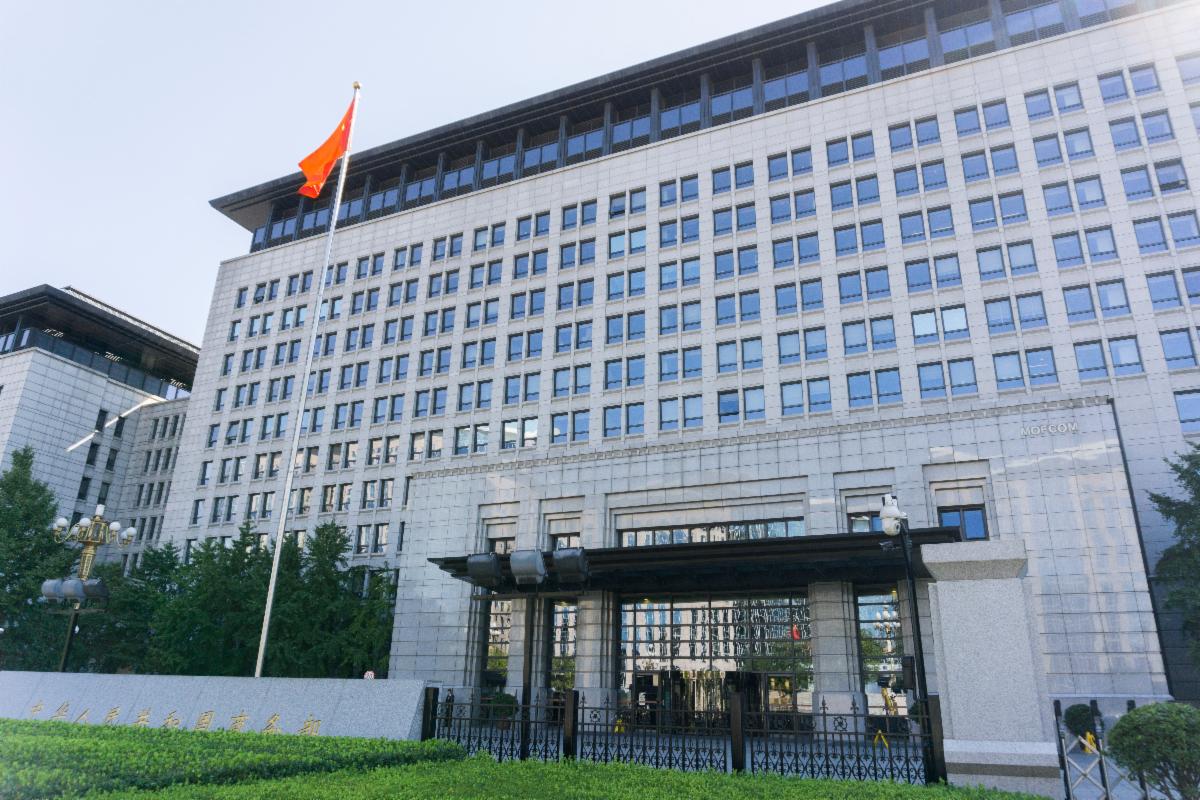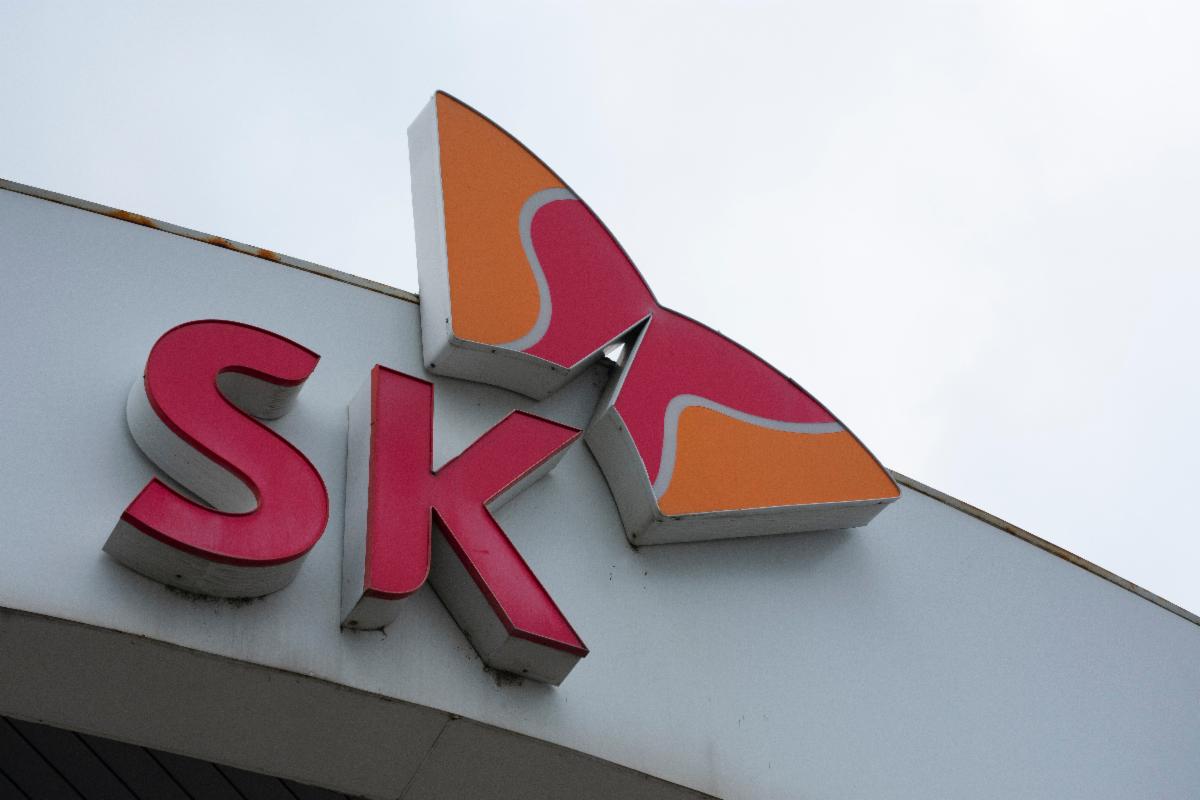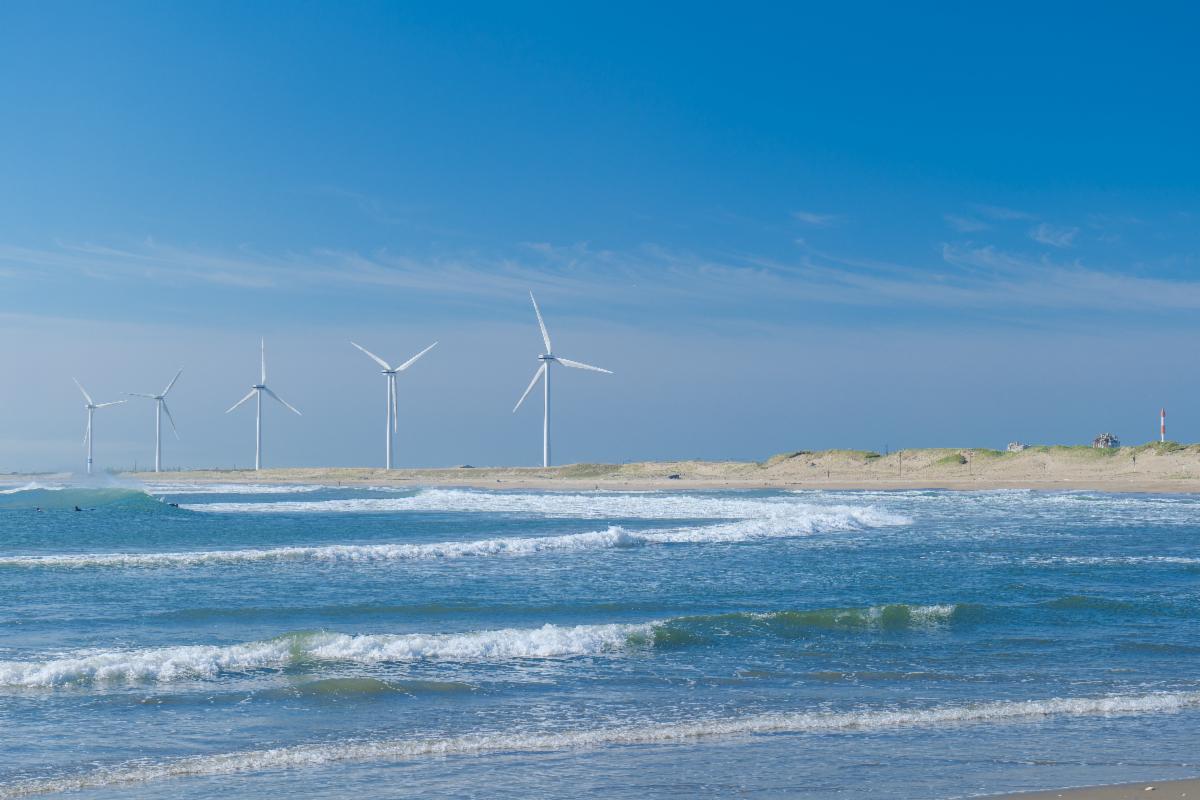Indo-Pacific Energy Update – July 14, 2023
Indo-Pacific Energy Update – July 14, 2023
Want to receive future energy updates? Subscribe here.

China announces metals export restrictions as India joins Minerals Security Partnership
On July 4, China’s Commerce Ministry enacted export controls of gallium and germanium that will require purchasers to apply for export permits beginning on August 1. China produces 60% and 80% of the metals, respectively. The two critical minerals are used in EVs, solar cells and semiconductors, among other applications. A Chinese official stated the move was in response to Western restrictions imposed against China’s microchip manufacturing and that the steps were “just a start” if Washington did not reverse course. The announcement came days before U.S. Treasury Secretary Janet Yellen visited Beijing. During the trip, Yellen downplayed competitive aspects of the U.S.-China- relationship.
The announcement followed India’s statement that it would join the U.S.-led Minerals Security Partnership during Prime Minister Narendra Modi’s visit to Washington.
Why it matters: The U.S. Geological Survey estimated the U.S. is almost entirely dependent upon imports of both gallium and germanium, and imported a little over half of both minerals (53% and 54%) from China during 2018-2021. The United States faces a similar predicament in imports of over a dozen other critical minerals.
Beijing’s effort to use its critical mineral exports to demonstrate its leverage seems likely to exacerbate existing dynamics in the U.S.-China trade relationship. The Biden Administration and members of Congress were already wary of America’s dependence on Chinese critical minerals and U.S officials have sought to strengthen energy supply chains with America’s Indo-Pacific allies and with partners in the region and elsewhere. Though many see a complete U.S. critical mineral decoupling from China would be infeasible and unwise, as U.S. and South Korean experts argued in an EIRP discussion earlier this year, China’s action will likely encourage further U.S. moves in this direction.
India’s new membership in the Minerals Security Partnership highlights U.S. diplomatic outreach related to critical minerals. Nevertheless, India is unlikely to become a competitive supplier without significant and prolonged mining sector investment. India is estimated to have 6% of the world’s rare earth supplies, the fifth largest globally, but its mining sector is largely underdeveloped. Indeed, like the United States, India also relies on Chinese germanium supplies.

Ford, SK On receive $9.2 billion Department of Energy loan for battery joint venture
On June 22, the DOE announced it would provide a $9.2 billion loan to a joint venture between Ford Motors and South Korean battery maker SK On to finance two battery factories in Kentucky and one in Tennessee. The $11.4 billion joint venture, which will also receive subsidies from Kentucky’s and Tennessee’s state governments, plans to open the factories in 2025 and produce a combined 120 GwH worth of EV batteries annually. The loan represents the largest government loan to an automaker since the auto industry bailouts in 2008.
Why it matters: The Biden Administration is working actively to promote a national transition to EVs. While initially concerned that they could face an uneven playing field in America, Korean companies are increasingly seeking to take advantage of Inflation Reduction Act (IRA) tax credits in the EV sector and other areas. SK On and its parent company SK Group have invested in U.S. battery manufacturing prior to the IRA’s passage, and more recently announced plans for a battery cell plant in Georgia.
In April, South Korea’s government announced a five-year, $5.3 billion program to help the country’s manufacturers comply with IRA tax credit rules surrounding battery components and critical minerals. In November 2022, Seoul organized a battery alliance among Korean firms to deploy $35 billion in domestic investment to develop critical mineral supply chains. In 2022, South Korean battery makers purchased 84% of lithium hydroxide, 64% of cobalt, and 90% of natural graphite from China.
Korean and other foreign EV and battery manufacturers remain focused on a forthcoming ‘foreign entity of concern’ rule for IRA tax credits might bar some batteries with Chinese extracted or processed critical minerals from receiving the full tax credits. ROK battery companies have made preemptive moves to these concerns including signing a critical minerals deal with Canada, which fulfills IRA critical mineral tax credit requirements (because Canada participates in a free trade agreement with the United States). U.S. automakers hope to secure a local lithium supply from the Thacker Pass lithium mine.

Japan concludes offshore wind bidding, but future clouded
On June 30, Japan’s Ministry of Economy, Trade and Industry (METI) concluded the second round of bidding for offshore wind power tenders to construct 1.8 GW of wind power generating capacity dispersed over four specified areas. The latest bids support the Japanese Government’s goal to install 10 GW of offshore wind power capacity by 2030 and up to 30-45 GW by 2040. METI is slated to announce winners between December 2023 and March 2024. A consortium led by Mitsubishi won the first round of bidding for 1.7 GW in 2021.
Why it matters: Japan has immense untapped offshore wind energy resources that could help it meet its clean energy goals, and also diminish its role as the world leader in LNG imports and, with EV adoption, the country’s need to import 97% of its oil. The IEA estimates Japan could produce over 9,000 TwH annually from offshore wind, nine times greater than Japan’s projected electricity demand in 2040. The Japanese Government is also considering siting future turbines in its exclusive economic zone (EEZ), which could provide a steadier stream of electricity due to more constant wind speeds further offshore.
That said, Japan cannot meet its ambitious goals without considerably accelerating deployment. According to the Global Wind Energy Council, Japan’s total power capacity from offshore wind energy was only 136 MW in 2022, behind regional countries including China, South Korea, Taiwan, and Vietnam. Japan installed nearly two-thirds of that (84 MW) during 2022.
Despite Japan’s potential, several barriers have hampered offshore wind development over the past two decades. Unlike some of its early-adopting Western peers, Japan has deeper coastal waters that make projects more difficult and expensive. Recent technological innovations have helped to decrease installation costs and shorten construction times. Likewise, the country faces an elevated risk of earthquakes and typhoons, adding additional challenges for a stable, renewable energy supply. Some regions have raised concerns offshore wind development could harm local fishing industries and wildlife in the long-term. Japan’s parliament passed a 2019 law that revised the offshore wind bidding process, something that eased initial utility company resistance.

Indian company announces $1.5 billion in U.S. solar manufacturing during Modi visit
On June 22, a joint venture supported by India-based Vikram Solar announced plans to invest $1.5 billion in U.S. solar energy supply chains. The plan envisions producing solar modules by expanding an existing Colorado manufacturing plant in 2024 and allocating $1.25 billion to finance a second plant in the southern U.S. in 2025. The second site would produce cells, wafers, and polysilicon ingots used for solar panels. The two facilities aim to produce 6 GW in solar panel capacity combined annually. The announcement came during Indian Prime Minister Narendra Modi’s visit to the White House, where the Biden administration promised to assist India with its 2030 target of 500 GW renewable energy power capacity.
Why it matters: The two solar manufacturing plants are the most recent of over twenty-six new U.S. solar facilities or expansions announced since the IRA’s passage in August 2022, according to an April report from the American Clean Power Association. China and South Korea are backing five of the twenty-six projects, while Vikram Solar’s is the first investment by an Indian supplier. The IRA’s tax credits and the U.S. Treasury’s attractive guidelines have spurred both Vikram and other foreign companies to invest in the U.S. market. Along with the IRA’s 30% investment tax credit for solar installations, companies are eligible for an additional 10% domestic content tax credit if 40% of the project’s ‘manufactured products’ and component costs are American-sourced.
Vikram’s investment is notable because one of the proposed plants will produce polysilicon solar cells in the United States. China makes 75% of the world’s polysilicon solar cells and American and Indian companies have invested billions in both countries’ polysilicon cell supply chains.
The Biden Administration did not specify how it would assist India with its ambitious clean energy target. As of February 2023, renewable energy constituted 40% of India’s power capacity, but the country generated only 23% from renewable sources, and 9% of that was a combination of solar and wind.
